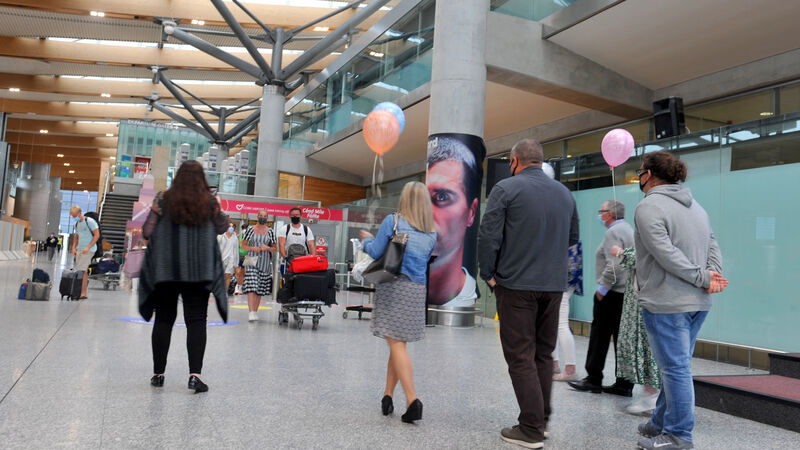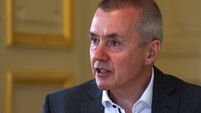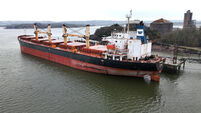The spike in inflation still has some way to run

Airfares are up 50%, while hotel accommodation is running at 15.5%. Picture: Larry Cummins
Ireland is no different from other countries experiencing a marked rise in inflation over the past year. The annual rate of CPI (Consumer Price Index) inflation stood at 2.8% in August, up from -1.5% last October. The rise in inflation, though, is quite narrowly based. The CPI rate excluding energy stands at 1.9%, reflecting the fact that energy price inflation is running at 16% year-on-year (yoy).
There are other pockets of high inflation in the economy as it re-opens following the lifting of Covid restrictions. Airfares are up 50%, while hotel accommodation is running at 15.5% and package holidays are rising by 6% yoy. Private residential rents are up 4.5%, while car prices are rising at over 7% yoy. It should be noted, though, that many of these steep price rises represent an unwinding of big price declines during 2020.
Meanwhile, most prices remain subdued. Despite much talk, food prices are unchanged on year-earlier levels, while clothing prices are down 5.5%. A broad range of household and other goods are showing little change in prices also, while prices remain quite stable in important service sectors such as education, health and insurance.
The spike in inflation, though, still has some way to run. There were steep price declines in September and October last year before the CPI bottomed out. Thus, base effects alone are going to see the inflation rate rise further in the next couple of months, and the annual rate could get close to 4%. However, inflation should start to decelerate fairly quickly after that, with the CPI rate falling back below 3% in the spring and easing further thereafter.
Broadly similar price trends are evident elsewhere. In the Eurozone, the HICP (Harmonised Index of Consumer Prices) rate climbed to 3.4% in September, but if energy is excluded, the rate is much lower at 1.9%. Eurozone inflation is also set to move higher later this year to around 4%, before starting to fall back in the spring.
In the UK, headline inflation accelerated to 3.2% last month and is forecast to rise above 4% in the coming months. Again, it is expected to fall back next year as the upward pressures on prices start to abate. Indeed, in the US, it may be that core inflation has already started to level off at above 4%.
Upside risks to inflation, though, have risen in recent months. Gas prices are expected to remain very elevated over the winter months owing to supply shortages. More generally, disruptions to supply chains, including shortages of key inputs, as well as high container and shipping costs, look set to persist for longer than expected, certainly well into next year.
Meanwhile, a shortage of labour is becoming more acute in certain sectors of economies.
This is starting to put upward pressure on wages. Overall, inflation will be slower to fall back than originally anticipated. Indeed, we have seen central banks recently revise upwards their near term inflation forecasts.
However, they are still strongly of the view that supply bottlenecks will eventually ease, allowing inflation to fall back to around target over the next couple of years. It is important, though, that inflation rates start to decline by next spring as otherwise, it could signal that the rise is no longer temporary.
- Oliver Mangan, Chief Economist, AIB










